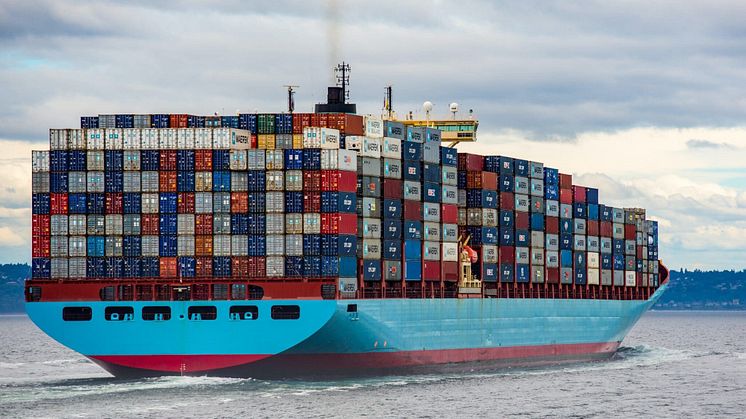
Pressemeddelelse -
Corrosion Prevention: Safeguarding Infrastructure and Investments
Why should you worry about corrosion prevention? Corrosion is a silent, persistent enemy that can silently eat away at our infrastructure, causing billions of dollars in damage every year. From bridges and pipelines to industrial machinery and automotive components, corrosion poses a significant threat to the integrity and longevity of critical assets. In the United States, the annual cost of corrosion prevention and control is estimated to be around $276 billion, making it imperative to adopt effective corrosion prevention strategies.
Understanding Corrosion
Corrosion is a natural process in which materials, such as metals and alloys, deteriorate when exposed to various environmental factors. The primary contributors to corrosion include moisture, oxygen, chemicals, and temperature fluctuations. When these elements interact with metal surfaces, they initiate chemical reactions that lead to the breakdown of the material.
Common Corrosion Types
- Uniform Corrosion: This type of corrosion occurs uniformly across the surface of a metal, leading to a gradual thinning and weakening of the material. It often manifests as rust on steel structures.
- Galvanic Corrosion: Galvanic corrosion occurs when two dissimilar metals come into contact in the presence of an electrolyte. The more active metal (anode) corrodes faster than the less active metal (cathode).
- Pitting Corrosion: Pitting corrosion is characterized by the formation of small, localized holes or pits on the metal surface. It can be particularly insidious because it may not be easily detectable until significant damage has occurred.
- Crevice Corrosion: Crevice corrosion takes place in narrow gaps or crevices, such as joints and seams, where oxygen and moisture are trapped, creating an environment conducive to corrosion.
Corrosion Prevention Strategies
- Protective Coatings: Applying coatings like paint, epoxy, or specialized corrosion-resistant coatings can create a barrier between the metal surface and the corrosive environment. Regular inspections and maintenance are crucial to ensure the coatings remain intact.
- Cathodic Protection: This technique involves placing a sacrificial anode, usually made of a more reactive metal, in contact with the structure. The anode corrodes instead of the protected metal, effectively preventing corrosion.
- Corrosion Inhibitors: Chemical compounds can be added to the environment or applied directly to the metal to slow down or inhibit corrosion reactions. These inhibitors form a protective layer on the metal surface.
- Material Selection: Choosing corrosion-resistant materials for specific applications can significantly reduce the risk of corrosion. Stainless steel, aluminum, and certain alloys are known for their resistance to corrosion.
- Proper Design and Maintenance: Designing structures and systems to minimize areas where moisture and corrosive agents can accumulate, along with regular inspections and maintenance, is fundamental to corrosion prevention.
- Environmental Controls: Controlling the environment in which metals are used can also prevent corrosion. This may involve reducing humidity, controlling temperature, or using desiccants to remove moisture.
Benefits of Corrosion Prevention
- Cost Savings: The most apparent benefit of corrosion prevention is cost savings. By protecting assets from corrosion, businesses and governments can avoid expensive repairs and replacements.
- Extended Asset Lifespan: Corrosion prevention measures extend the lifespan of critical infrastructure and equipment, ensuring that they remain functional and safe for longer periods.
- Safety and Reliability: Corrosion prevention enhances the safety and reliability of structures and machinery, reducing the risk of accidents and downtime.
- Environmental Impact: Effective corrosion prevention reduces the need for resource-intensive repairs and replacements, which can have a positive environmental impact by conserving materials and energy.
Corrosion prevention is not merely an option; it's a necessity for safeguarding our infrastructure and investments. The proactive implementation of corrosion prevention strategies can lead to substantial cost savings, enhanced safety, and the prolonged functionality of critical assets. As the United States and the world continue to rely on aging infrastructure, investing in corrosion prevention measures is a responsible and economically sound choice. By doing so, we can protect our assets, reduce environmental impact, and ensure a safer and more sustainable future.
Related links
Kategorier
Aveo.dk er et full service webbureau, der hjælper erhvervsdrivende med at få online succes.

